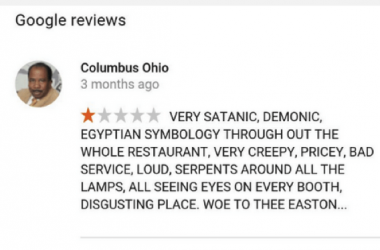Google launched their very own Wordpress plug-in, Site Kit, late last year and has been generating much excitement amongst website developers and site owners alike. Site Kit combines key Google tools including Google Analytics, Search Console, Page Speed Insights and Adsense into one interface. What’s more – all this information will be accessible on your Wordpress dashboard.
While Site Kit is still in Beta testing, it looks to become a must-have tool for any Wordpress site. Combining data from different Google tools provides easier comparisons between search queries, conversions and site performance, helping you piece together the puzzle towards better SEO.
An advantages of Google’s all-in-one plug-in will be streamlining keyword optimisation for user intent. As Google’s algorithm continues to evolve, understanding user search intent has been a hot topic for SEO marketers. The search engine can now differentiate between different search intents and tailors search results accordingly. Consequently, keywords should also be attuned to searches originating from various points in the conversion funnel. There are four main types of search intents:
Informational
The user wants to find information about a particular topic, product or service. They are likely to be in the preliminary stages of making a purchase decision. Example searches include “what is…” or “best ways to…”
Navigational
In these searches, the user has a particular brand in mind during their search and are trying to reach their website. These searches will often reference the brand or include “[brand] website”.
Commercial
Using this search category means users are deliberating between alternatives before committing to a purchase. They may want to buy a vacuum soon and are turning to the Internet to research product reviews or expert comparisons.
Transactional
Transactional searches relate to instances where users are committed to making a conversion. This can be a purchase, signing up to a newsletter, or making a phone call. Keywords may involve terms such as “buy”, “discount” or “download”.
Knowing what users want to accomplish when they search online helps you target webpages to better answer their needs. This leads to lower bounce rates as users easily find what they are looking for. In addition, understanding which keywords are commonly used for each search category grants you greater command over the type of users your site attracts. Returning to the vacuum example, a website optimised for user intent will have different keywords for a blog article comparing different appliance models and the produce purchase page.
Example from godfreys.com.au showing content targeting informational, commercial and transactional searches.
The benefits of optimising for intent is not limited to helping you reach users in your targeted stage of the conversion process. Understanding geographically related intent, such as in searches containing “near me”, can help your business appear more prominently in local searches. Incorporating key search terms into your site’s pages may be featured in the snippets box within search results. If users can clearly see your webpage answers their question, they are far more likely to click on it.
So, how do you optimise for search intent using Site Kit?
The two primary Google tools for analysing user intent are Google Search Console and Google Analytics – both of which will be easily accessible on Wordpress through Site Kit. Here’s how each tool can be used to optimise for intent:
Google Search Console
To get started, clicking into the Search Analytics tab provides a good overview of key search terms that have been used to reach your site. Finding key search phrases can help you get inside your target audience’s mind and infer categories of intent. Search Console also enables you to check the CTR of your various URLs. By combining this information with popular search phrases, you can determine whether your site’s various attributes, particularly the title tag and meta description, are optimised to meet user intent.
Analysing session times and bounce rates on your website can provide customer insight to further help you determine if your webpages match user intent. In a 2012 study, researchers identified clusters of different user intent by analysing online user behaviour. Users want to find answers to their questions in the fastest, most effortless manner. Knowing what your user wants to find out means you are in a better position to optimise landing pages that take them directly to the jackpot. Greater user satisfaction is likely to improve conversions and longer time spent browsing your site.
Google Analytics
The Google Analytics Behaviour Flow report can provide a road map showing you how users navigate your site. Now it’s time for some detective work. Integrating this data with search queries used to reach the landing page paints a picture of what users are looking for which each search query. For example, users who navigate to your shopping cart likely have transactional search intent, whereas users who travel to blog posts may be in the informational or commercial search stages.
Linking user search queries to their search intent, then matching the contents of your webpages to particular search categories, will promote more engagement with your website. It is no longer enough to incorporate keywords relevant to a certain topic; today’s search engines push us to optimise keywords that also match what users want to accomplish through search. With Google Site Kit, site owners and digital agencies will be able to cross-examine data from various Google tools on one interface. A huge timesaver – made even better by being free and open source.
Set your foundations for Google Analytics before Site Kit is fully rolled out by watching SEO Sydney‘s short video here:





